I’ll never forget the first time I fed black-capped chickadees by hand. A friend tipped me off to a location in Stony Swamp where I could find them. Ever since, I’ve been visiting them regularly with handfuls of sunflower seeds. There’s something about these little birds that brings me joy and I love sharing the experience with friends and family. This post is all about getting you out to feed the chickadees in Ottawa, so that you can experience it too!
Below, you’ll find directions to feeding locations, tips and tricks for attracting chickadees, and information to help you interpret their behaviour while you’re out spending time with them.


Where to Feed Chickadees in Ottawa
There are six locations in Ottawa where you can feed black-capped chickadees: Jack Pine Trail, Sarsaparilla Trail, Shirley’s Bay, Beaver and Chipmunk Trail, Lime Kiln Trail, and Mer Bleue. I’ve created a Google map with all the locations – check it out to find a spot near you! Some places are easier to feed chickadees by hand than others. Here’s a small description of each trail so you’ll know what to expect before visiting:
Jack Pine Trail
Moodie Drive, Nepean
Feeding difficulty: Easy
Jack Pine Trail is the easiest place to feed chickadees in Ottawa. This is especially true in the wintertime when volunteers hang birdfeeders along the trail. The feeders are often crowded with winter flocks and chickadees and nuthatches will happily land on your hand to avoid larger birds who bully them away from feeders. All you have to do is find a birdfeeder and wait and you’ll make friends fast.
Jack Pine Trail is made up of three interconnecting loops. Together, these loops make up 4.7 kilometres of trails. Along with chickadees and nuthatches, you’ll see mourning doves, blue jays, cardinals, woodpeckers, and wild turkeys.
Sarsaparilla Trail
Old Richmond Rd, Nepean
Feeding difficulty: Easy-Moderate
Sarsaparilla Trail is the only wheelchair accessible trail on this list and it’s full of chickadees. Lots of young families visit this trail on the weekends because it’s easy to push a stroller and a short walk (just under a kilometre).
Head out onto the boardwalk and you’ll see a beaver pond that hosts beaver, ducks, geese, and frogs. Watch your step! I can’t count the number of snakes that have spooked me. If you’re lucky, you might even see a white-tailed deer. They are most active in the early mornings and on weekdays when the trail is less populated.

Shirleys Bay
Carling Avenue, Ottawa
Feeding difficulty: Hard
The chickadees at Shirleys Bay are shyer and will require more of your time and patience. If you have children with you, I recommend the other locations over this one. That said, Shirleys Bay is a great place to hike and you’ll see and hear lots of chickadees, the challenge is coaxing them to land in your hand.
Shirleys Bay Trail is a 4km loop taking you along the Ottawa River, through abandoned farmers’ fields and a mixed forest. It’s a great place to spot wildflowers in the spring and monarch butterflies in the summer. In the warmer months, you’ll find people mountain biking, fishing, swimming, and kayaking in the area. I’ve written about the trail in more detail here.
Beaver Trail and Chipmunk Trail
Moodie Drive, Nepean
Feeding difficulty: Easy-Moderate
Beaver and Chipmunk trails are 2.6 km long and collectively known as Trail 28. You’ll find many chickadees along these trails. They are less friendly than those found at Jack Pine Trail, but still easy to coax with a handful of sunflower seeds. I’ve had the most luck attracting them on the boardwalk lookout.
If the birds aren’t enough reason to visit these trails, the wildflowers might be. You’ll find St. John’s wort, yarrow, wild carrot, milkweed, vetch, purple loosestrife, prunella, daisy, clover, rose, and thistle along with several species of pollinators visiting them.
If you have young kids, you can push a three wheeled stroller through these trails. The route is wide and composed of crushed gravel, compacted dirt, and boardwalk.
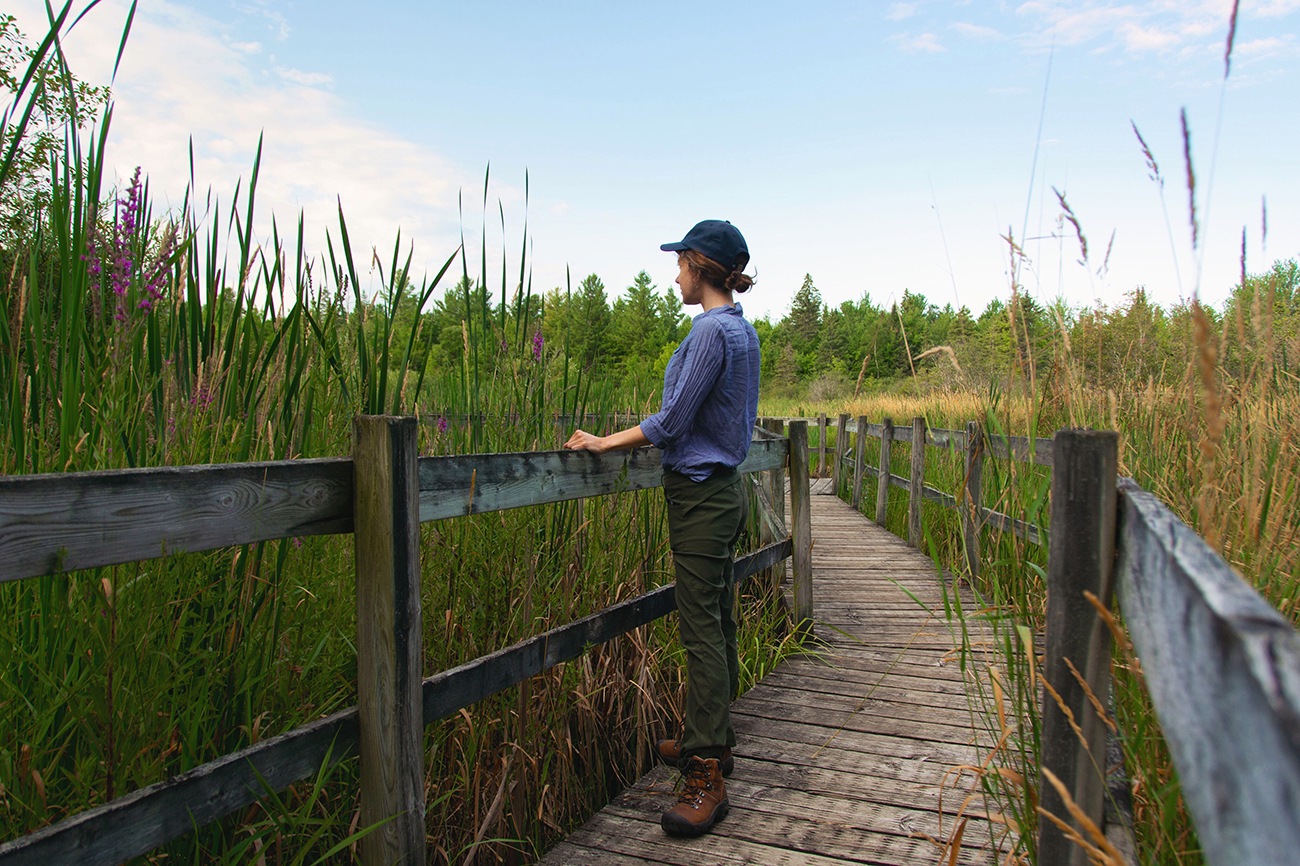
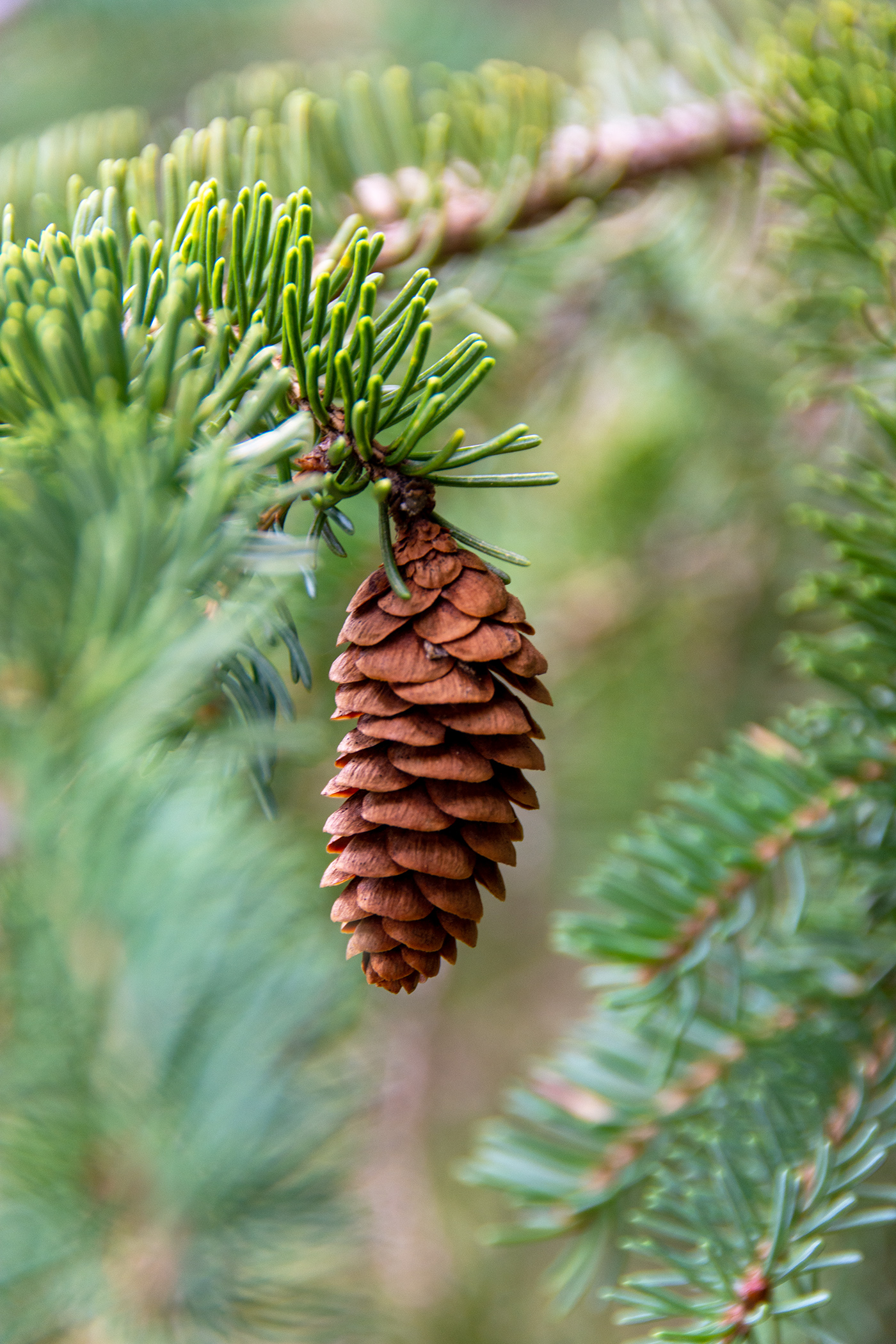
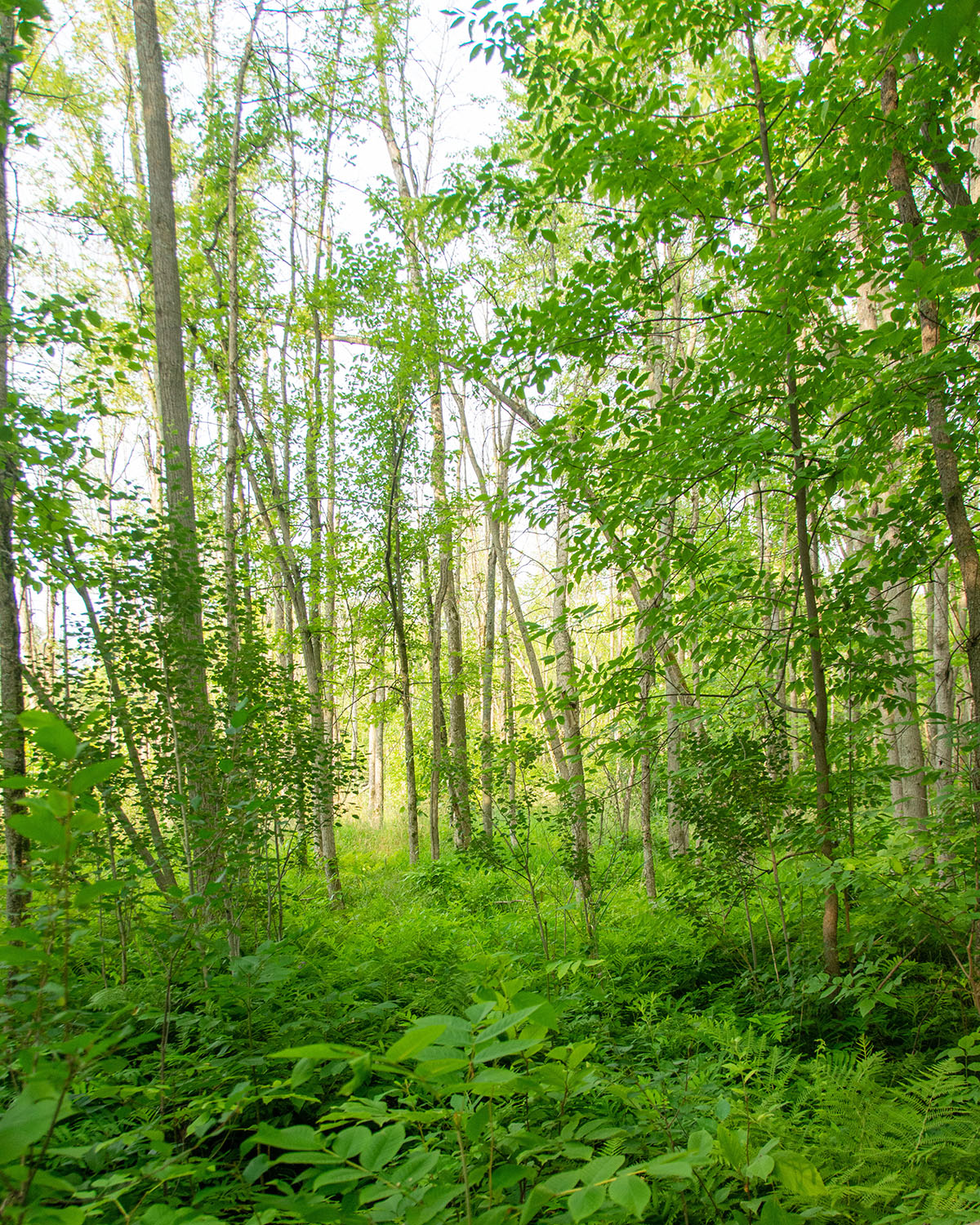

Lime Kiln Trail
Moodie Drive, Nepean
Feeding Difficulty: Moderate-Hard
Lime Kiln Trail is a 4.2 km loop that connects to Chipmunk Trail. You’ll find chickadees along the trail and they might land on you, but you’ll have more luck by visiting Chipmunk Trail. If you’re up for a longer hike, I suggest visiting the Lime Kiln and then hiking over to Chipmunk Trail. The stretch connecting the trails is full of wild raspberries and blackberries in late summer. You’ll get the best of both trails and increase your likelihood of feeding the birds.
As the name suggests, Lime Kiln Trail is home an old lime kiln now in ruins. On a hot summer’s day, you can find snakes basking on the warm stones that make up the ruins. Continue further down the trail and there is a forest regenerating after a fire. There’s an interpretive sign that displays information about forest succession.
Mer Bleue Bog
Ridge Road, Ottawa
Feeding difficulty: Hard
On the far east side of town, you can feed chickadees at Mer Bleue Bog. The birds are most active around the picnic area where people tend to feed them. Mer Bleue is home to a small 1km interpretive boardwalk loop and a larger 7km loop. The larger loop is popular for cross-country skiers and snowshoers.
The boardwalk takes you over a 7,700 year-old bog. It’s home black spruce, tamarack, aspen, and birch. In the fall, the tamarack trees turn bright yellow-orange. They are the only conifers in Ontario to change colour and it’s stunning.
Trail Tips
In mid-spring and summer, the biting insects can be bad on these trails. If you are visiting during these times, bring bug spray and cover up. It’s rare to come across them, but I’ve also found a few ticks on me. Stick to the trails, cover up, and check yourself after hikes during tick season. Learn more about how to protect yourself here.
Many of these trails get muddy and wet in the spring and after rainfall. Pack your boots! There’s one section on Shirleys Bay loop that always floods and is impassable in early spring.
My last tip is to bring binoculars and a bird identification book. You’ll see all kinds of birds in these areas! If you are going with kids check out this nature journal where they can write down their observations.
Tips for Feeding the Birds
Black-capped chickadees love sunflower seeds. You can purchase them at most grocery and bulk stores. Avoid seeds with added salt or flavouring.
My best advice to find chickadees is to walk along a trail until you hear or see the birds. Once you spot them, stand still and extend your hand with the birdseed. It won’t take long until one of them notices you and the rest follow. The key is to be patient and still. The birds at these locations are used to being fed.
Sometimes children are nervous about having birds land on them, let them place seeds on the ground and watch from a distance. This helps them get used to the birds and they won’t cause the birds undue stress.
There’s a cute picture book called “That Chickadee Feeling” written by Frank Glew. It’s about the feeling children get when chickadees land on them and it teaches them all about the birds. This could be a great way to introduce kids to chickadees and get them excited about feeding them.
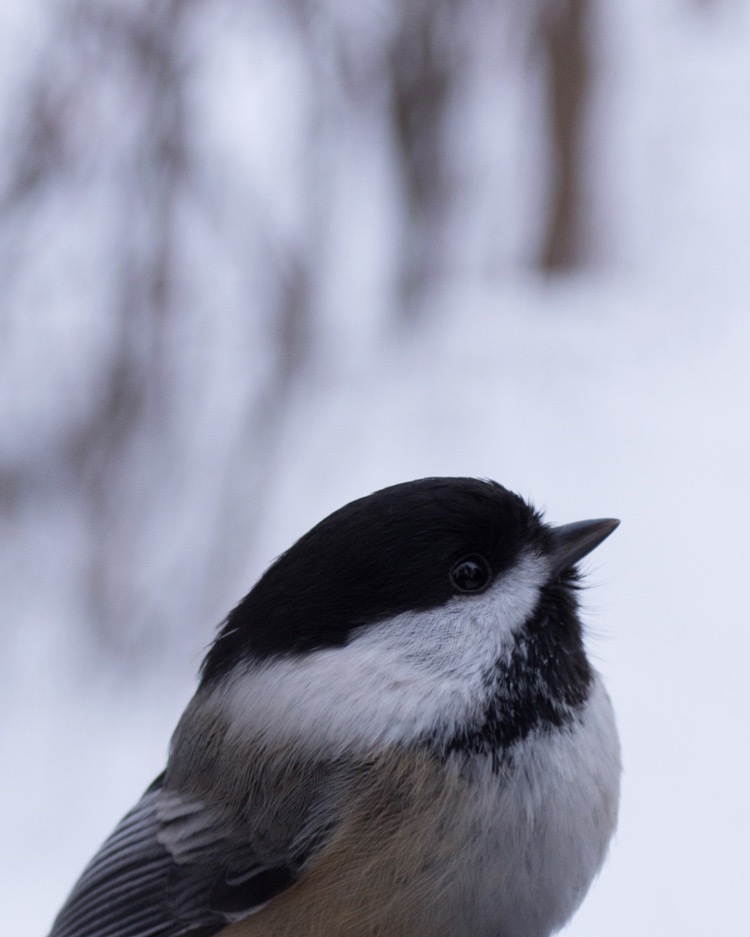
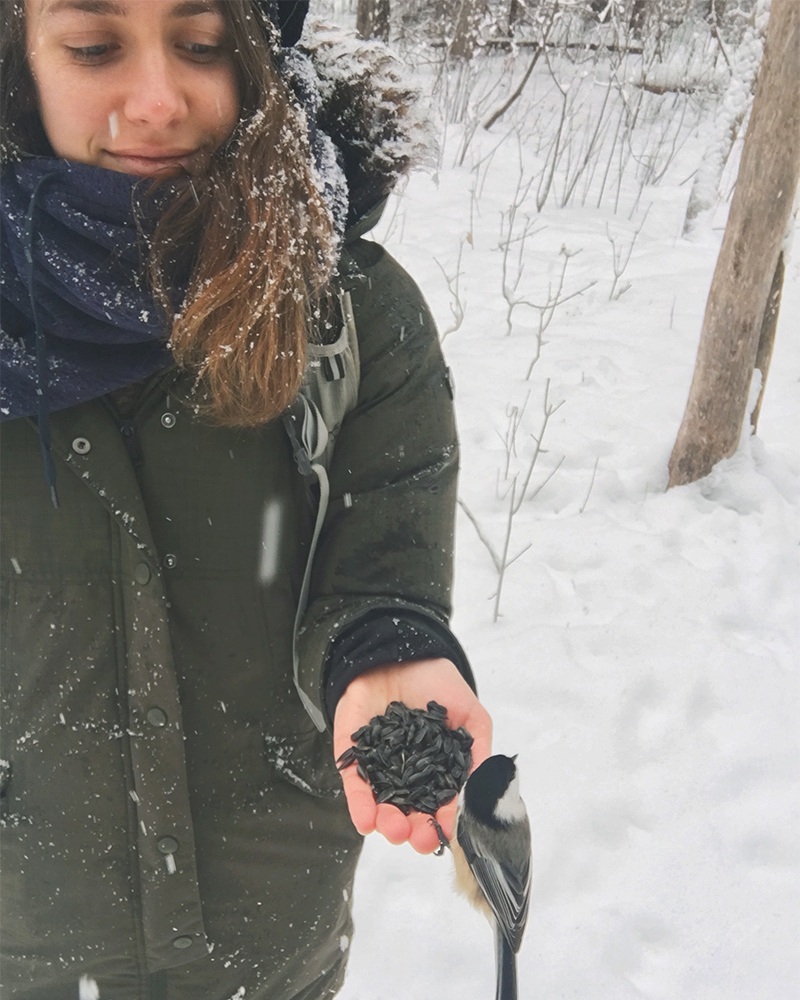

Chickadee Facts
Chickadees are curious and brave little songbirds, at least that’s how I’d describe them. In the Stony Swamp area, they have developed a close relationship with humans because they are commonly fed.
Chickadee Calls
Chickadees have a number of different calls. Two that you are sure to hear while feeding them are the “chicka-dee-dee” call and their gargle call.
Their most familiar call, “chicka-dee-dee,” is an alarm call. The greater the perceived danger, the more “dees” are added to the end of the call.
Their “gargle” call is used to scare off others and establish territory. If you ever feed the chickadees you’ll definitely hear this call as they ‘argue’ over who gets the food. Interestingly, this is a learned call. If a chickadee grows up isolated from other chickadees they will never learn it.
You might also hear the “fee bee” song. Males use it as a mating call, to establish territory, and to scare off other males. It’s most often heard in late winter and early spring.
Chickadees have many more calls! Learn about these and others from this video by Lesley the Bird Nerd.
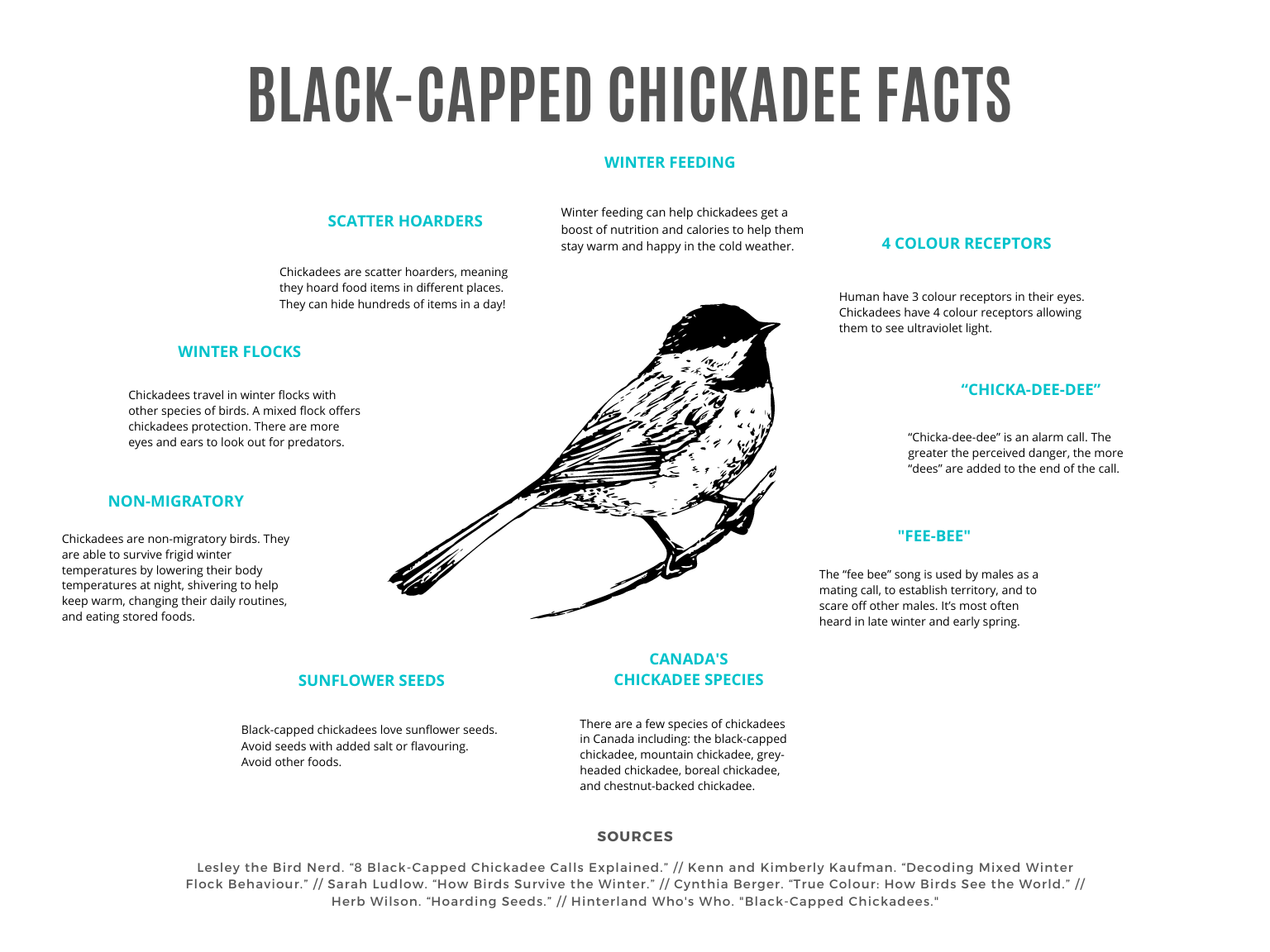
Finding Food
Chickadees see the world much different than us! They have 4 colour receptors in their eyes while we have 3. The additional colour receptor allows them to see ultraviolet light. This helps them better locate food by seeing past insect camouflage.
Surviving Winter
Chickadees are non-migratory birds. They are able to survive frigid winter temperatures. There are a few ways they do this: by lowering their body temperatures at night (nocturnal hypothermia), shivering to help keep warm, changing their daily routines, and eating stored foods.
Chickadees are scatter hoarders, meaning they hoard food items in different places. They can hide hundreds of items in a day! In the wintertime, when food sources are scarce, this hoarded food is a lifesaver and helps reduce the amount of time chickadees are out foraging in the cold. Somehow these birds can remember thousands of hidden food spots!
Chickadees are also great at finding larvae in the bark of trees to chow on during winter months.
Winter Flocks
Chickadees travel in winter flocks with other species of birds. In Ottawa, I’ve seen them with nuthatches, downy-woodpeckers, and cardinals. According to Birds and Blooms, a mixed flock offers chickadees protection. There are more eyes and ears to look out for predators.
If you are feeding chickadees you are likely to come across these other birds too! I almost always get nuthatches feeding from my hand as well.
While not part of the winter flock, you’ll likely see blue jays tagging along where chickadees are being fed. Being much bigger birds, they will bully the chickadees away from feeders and fallen seeds. They aren’t brave enough to approach humans though, so chickadees seem to appreciate feeding from your hand when blue jays are around.




Feeding Chickadees in the Winter
I recommend feeding chickadees in the wintertime as they are already being fed on some of the trails and food is harder to come by in the cold months. Some people oppose bird feeding and they have some good reasons. I’ve written a post about the potential benefits and drawbacks of feeding birds. Nature Canada and the Canadian Wildlife Federation has tips and best practices for feeding birds at feeders.
While bird feeding is widely accepted in Canada, feeding other wildlife is not and can actually cause harm. Please, do not feed other wildlife.
If you use this advice to feed the chickadees, let me know how it goes in the comments below. You can also tag me on Instagram (@jenna.amirault) in any pictures you take.
Other Posts You May Enjoy
Nuthatches: The Birds that Walk Upside Down
Why do Birds Sing in the Early Morning?
Ring-Billed Gulls (Larus delawarensis)
Feeding Wild Birds: To Do or Not To Do?
References
Lesley the Bird Nerd. “8 Black-Capped Chickadee Calls Explained.” YouTube.
Kenn and Kimberly Kaufman. “Decoding Mixed Winter Flock Behaviour.” Birds and Blooms.
Sarah Ludlow. “How Birds Survive the Winter.” Nature Conservancy Canada.
Cynthia Berger. “True Colour: How Birds See the World.” The National Wildlife Federation.
Herb Wilson. “Hoarding Seeds.” Maine Birds.
Very informative. Thanks so much for taking the time to share your wisdom
Thanks for reading! 🙂
Mud Lake by Brittania neighbourhood is also a great trail to feed the chickadees at. You might even get a nuthatch or woodpecker to eat from your hand too!
That’s great to know! Thanks so much. 🙂